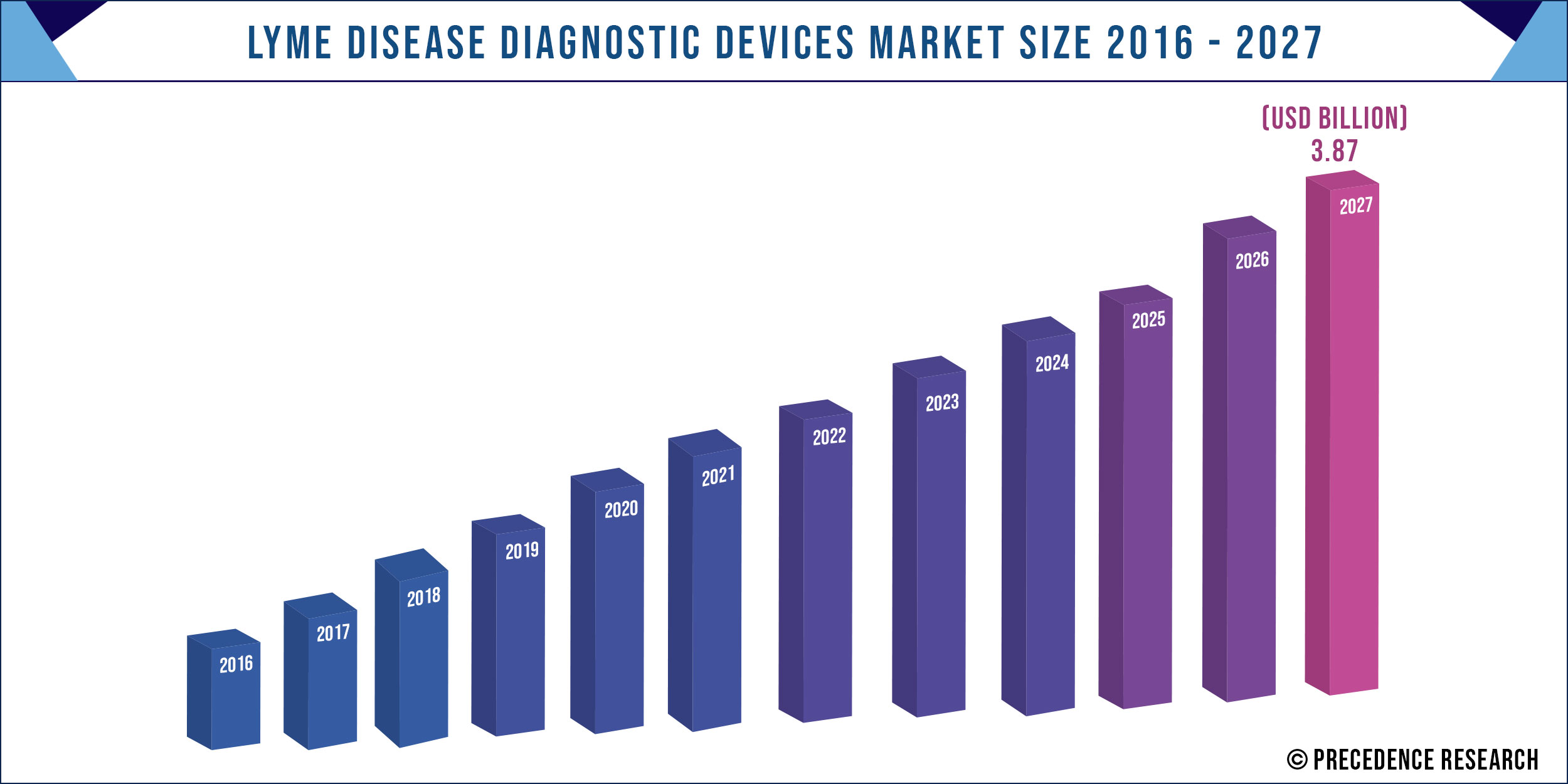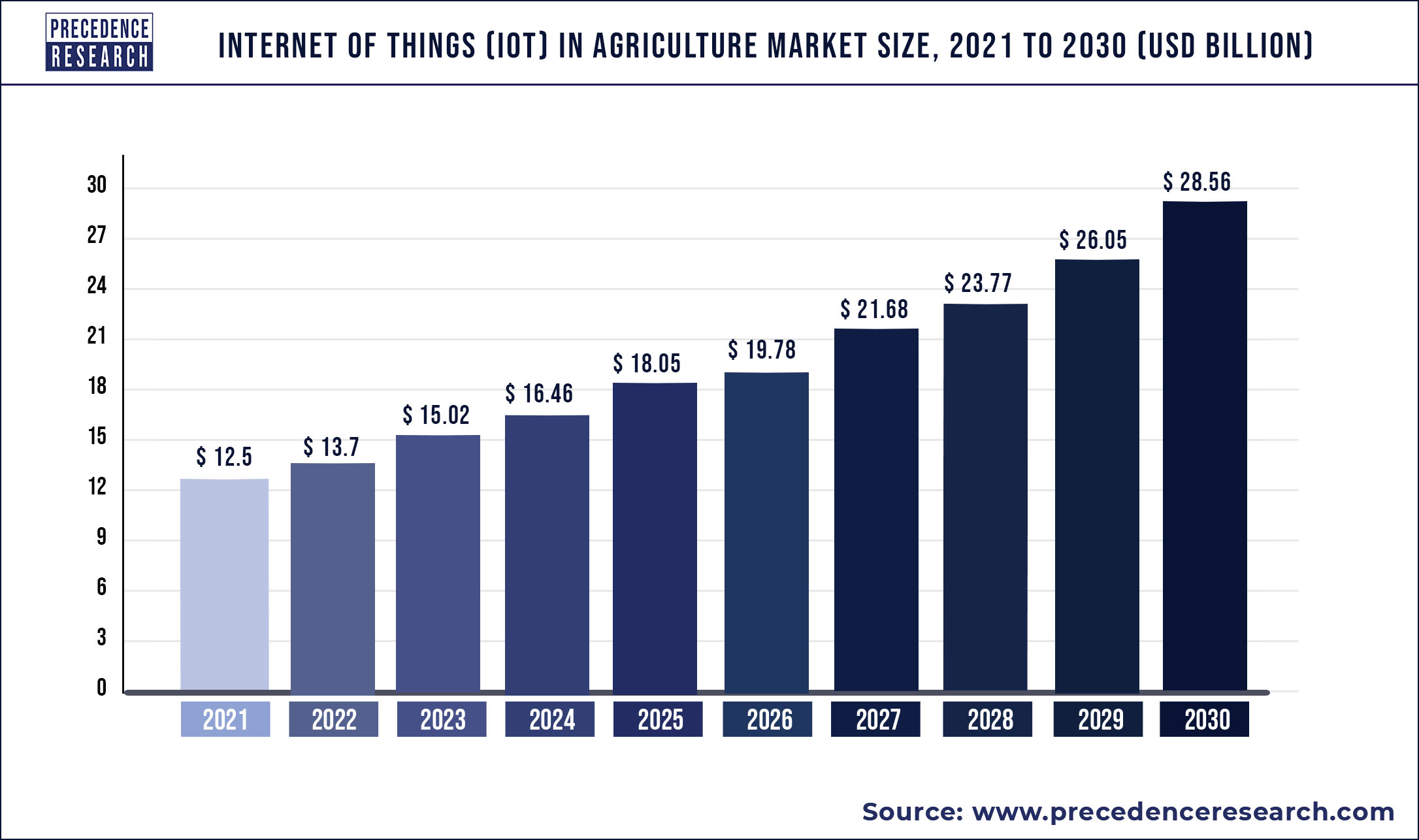Manufacturers Provide Improved Health Systems to Support Extracorporeal Therapies
Growing incidences of acute kidney injury (AKI) have catalyzed the need for improved and quality treatment therapies in the continuous renal replacement therapy (CRRT) landscape. South East Asia and South America, individually, account for ~31% each, of the hospitalized population suffering from acute kidney injury in 2018. With the help of several clinical trials, continuous venovenous haemodiafiltration (CVVHDF) and the continuous venovenous heamofiltration (CVVHF) mode of therapies have helped improve the survival rates in patients suffering from sepsis-induced acute kidney injury (SAKI).
Get the sample copy of report@ https://qyresearchmedical.com/sample/111777
As such, healthcare providers in hospitals are adopting continuous extracorporeal therapies to cater to the growing need for multi-organ support in critically-ill patients. The introduction of continuous renal replacement therapy has helped healthcare providers safely perform extracorporeal therapies in intensive care units (ICUs) that are less equipped with dialysis infrastructure. New advancements in continuous renal replacement therapy have also helped provide improved medical care to patients with hemodynamic tolerance concerns. Thus, manufacturers should innovate on venovenous systems and modern integrated full-volume pump monitors to help healthcare institutions carry out safe extracorporeal therapies.
Dynamic CRRT Aids Healthcare Providers in Treating Hemodynamically-unstable Patients
Manufacturers are focusing on developing treatment options for acute hemodynamically-unstable patients. Due to rising intolerance towards dialysis therapy, manufacturers are creating more awareness for continuous renal replacement therapy, as this therapy enables slow and constant fluid removal. The success rate of continuous renal replacement therapy has helped healthcare providers improve patient survival rates and renal function recovery.
The continuous renal replacement therapy landscape is undergoing a shift from renal ‘replacement’ to renal ‘support’ therapies. The term ‘dynamic’ CRRT is being adopted by healthcare providers to fast-track treatment processes that are adaptable to the frequently changing health status of critically-ill patients.
Since, healthcare professionals in clinics have limited investment capacities, technological improvements in hardware and software for continuous renal replacement are providing guidance to them on numerous aspects regarding CRRT. Also, the introduction of renal tubule assistive devices (RADs) serves as an efficacious option to bioartificial kidney devices for patients suffering from acute kidney injury.
Smart Decision Software Automating Recovery Solutions for Patients
The continuous renal replacement therapy landscape is moderately consolidated. That is why it is important for existing and emerging market players to develop effective alternatives to certain limitations of therapies. For instance, technical limitations of the equipment supporting continuous renal replacement therapy are related to the software for hemodynamic optimization. As such, there is a growing need for continuous evaluation of the effectiveness for solute and fluid removal in continuous renal replacement therapies, and for the efficient management of big amounts of data in software systems. Technical improvements of dynamic CRRT and the availability of online tools for real-time data acquisition in software systems will help nephrologists evaluate whether the prescribed treatment has been effective in patients.
Another challenge arises from dialysis devices that require smart dialysis software to deliver automatic ‘smart’ decisions. As such, manufacturers are developing expert decision support systems that infer upon previous experiences of patients to solve problems.
Analysts’ Viewpoint
Incorporation of nanotechnology, sorbent-based techniques, and water-saving strategies are the key trends in the continuous renal replacement therapy ecosystem. Nanotechnology is anticipated to enhance the portability of future devices. Due to the constant need for effective follow-up in patients, manufacturers are innovating on AI (Artificial Intelligence) technology and sensing, which can be used in ICUs to predict which patients are at high risk of imminent deterioration. However, AI technologies face challenges due to the lack of privacy and consent to acquire population-derived datasets to be made available for large private prospectors. Thus, manufacturers should focus on ‘computational thinking’ that helps analyze patterns in the clinical status of a patient, based on algorithms.
Global Continuous Renal Replacement Therapy Market: Overview
The global continuous renal replacement therapy (CRRT) market was valued at ~US$ 865 Mn in 2018. It is projected to expand at a high CAGR of ~7% from 2019 to 2027.
Rise in acute kidney injury diseases, increase in patient pool, advancements in technology, growth in the geriatric population, surge in investments, and rising number of dialysis centers are likely to fuel the growth of the global continuous renal replacement therapy market.
Continuous renal replacement therapy is used to treat acute kidney injury of hospitalized, critically-ill patients admitted in an ICU. Continuous renal replacement therapy is a preferred modality for managing the hemodynamic status of patients suffering from acute kidney injury.
Patients with acute renal failure and those experiencing complications such as imperfections or multiple organ failure in their circulatory systems, or cardiac that includes edema and cardiac insufficiency, are also treated using CRRT systems. Other complications where CRRT systems are used include postoperative liver failure, fulminant hepatitis, serve acute pancreatitis, and multiple organ failure.
Increase in the rate of incidences of acute kidney injury, growing geriatric population with comorbidities, government focus on providing better healthcare facilities, rise in the prevalence of diabetes and hypertension associated with acute kidney injury, and increasing dialysis centers are expected to boost the global continuous renal replacement therapy market. As per research, 13.2 million people are affected with acute kidney injury globally each year, and acute kidney injury affects 13% to 18% of all patients admitted in hospitals in developed countries. These factors are expected to fuel the adoption of continuous dialysis for optimum care of patients.
Technological advancements are leading to the integration of new software to enhance continuous renal replacement treatment. Software integration has become an efficient tool for performing the treatment efficiently and accurately. Moreover, the acquisition of R&D units of emerging players to co-develop innovative technologies is anticipated to offer growth opportunities in the market.
Global Continuous Renal Replacement Therapy Market: Segment Analysis
The global continuous renal replacement therapy market has been segmented based on mode, product, therapy, end user, and region
Based on mode, the global continuous renal replacement therapy market has been categorized into slow continuous ultrafiltration (SCUF), continuous venovenous haemofiltration (CVVH), continuous venovenous haemodialysis (CVVHD), and continuous venovenous haemodiafiltration (CVVHDF). Among these, the continuous venovenous haemofiltration segment is projected to lead the global continuous renal replacement therapy market during the forecast period. The high market share of the continuous venovenous haemofiltration segment can be attributed to the acceptance of this technology by nephrologists, as it is more feasible than the other modes. This technology also incurs less complications than the other modes.
In terms of product, the global continuous renal replacement therapy market has been divided into dialysate & replacement fluids, disposables, and systems. The disposables segment is further classified into bloodline sets, hemofilters, and other disposables. The disposables segment is likely to dominate the global CRRT market, owing to the high volume sales of disposables and optimal usage of bloodline sets, hemofilters, and tubing in continuous dialysis procedures. The hemofilters sub-segment held the largest share of the disposables segment in 2018, and is expected to continue its dominance in the coming years.
On the basis of therapy, the global continuous renal replacement therapy market has been segmented into renal, non-renal, and combination. The renal segment accounted for the largest share of the global continuous renal replacement therapy market, and is expected to continue its dominance, owing to the optimum usage of CRRT machines for renal indication and availability of CRRT modalities. The combination segment is anticipated to grow at the highest rate, owing to a rise in the global geriatric population facing the risk of developing both, renal and non-renal indications.
Based on end user, the global continuous renal replacement therapy market has been classified into hospitals, clinics, and others. The hospitals segment dominated the global CRRT market in 2018, owing to well-established intensive care units in hospitals across the globe.
Global Continuous Renal Replacement Therapy Market: Regional Segmentation
In terms of region, the global continuous renal replacement therapy market has been segmented into North America, Europe, Asia Pacific, Latin America, and the Middle East & Africa
Europe dominated the global continuous renal replacement therapy market in 2018, owing to increase in incidences of acute kidney injury and favorable reimbursement policies. Moreover, the presence of key players in the region is driving the global continuous renal replacement therapy market. Well-established research & development industry, along with strong funding from governments for continuous renal replacement therapy in critically-ill patients is likely to boost market growth in the region.
The global continuous renal replacement therapy market in Asia Pacific is projected to expand at the highest CAGR during the forecast period, due to strong economic growth, rise in healthcare infrastructure, increase in geriatric population, and surge in investments for developing advanced CRRT products.
Initiatives by the local governments of countries in the region to attain self-sufficiency in manufacturing renal replacement devices are likely to propel the growth of the CRRT markets in Middle East & Africa and Latin America.
Global Continuous Renal Replacement Therapy Market: Major Players
Key players operating in the global continuous renal replacement therapy market include
- Baxter International, Inc.
- Nipro Corporation
- Fresenius Medical Care AG & Co. KGaA
- Asahi Kasei Corporation
- B. Braun Melsungen AG
- Medica SPA
- INFOMED SA
- Medtronic (Bellco Società unipersonale a r.l.)
- Toray Medical Company Limited (Toray Industries, Inc.)
These players are focused on adopting organic and inorganic growth strategies to strengthen their product portfolios to improve patient healthcare. Companies are focusing on increasing their geographical footprint, indulging in mergers & acquisitions, and investing in research & development in order to remain competitive in the global continuous renal replacement therapy market.
Key Questions Answered in the Continuous Renal Replacement Therapy Market Report
- How do recent technical advancements provide scope of growth in the global continuous renal replacement therapy market?
- How are mergers & acquisitions among players widening the scope for continuous renal replacement therapy?
- What are the revenue share projections of key segments under various criteria in the global continuous renal replacement therapy market during the forecast period?
- Which segment is likely to lead the continuous renal replacement therapy market in terms of revenue by 2027?
- How are changing reimbursement and regulatory scenarios, along with changing healthcare systems in developing countries making an impact on the global CRRT market?
Continuous Renal Replacement Therapy Market – Segmentation
Mode
- Slow Continuous Ultrafiltration (SCUF)
- Continuous Venovenous Haemofiltration (CVVHF)
- Continuous Venovenous Haemodialysis (CVVHD)
- Continuous Venovenous Haemodiafiltration(CVVHDF)
Product
- Dialysate & Replacement Fluids
- Disposables
- Bloodline Sets
- Hemofilters
- Other Disposables
- Systems
Therapy
- Renal
- Non-renal
- Combination
End User
- Hospitals
- Clinics
- Others
Region
- North America
- Europe
- Asia Pacific
- Latin America
- Middle East & Africa
Purchase Complete Report Now@ https://qyresearchmedical.com/report/checkout/111777/2900


